Why is storytelling important? As Seth Godin has famously said, “Marketing is no longer about the stuff that you make, but about the stories that you tell.”
I love that quote because it contains a truth that applies to everything we do at Graduate Communications. Specifically: When I think about marketing and relationship-building in higher education, it’s all about the simple power of human stories.
Every person has a story, and everyone’s story means a lot, especially within their circle of influence. Yet we too often take a macro approach to messaging and get bogged down in statistics. Facts are much more memorable when wrapped in stories, so the best way to connect with our audiences is actually through good storytelling.
But what makes a good story? And how do we find the best stories on campus and tell them equitably?
I recently discussed these questions with Christina Romero, Executive Director of the Santa Ana College Foundation, during our presentation at the 2022 National Conference of the National Council for Marketing and Public Relations.
Like me, Christina is in the business of telling stories. Whether it’s to boost enrollment or to help raise funds for student success, having a great story is just part of what we do.
The conversation was rich with pointers on how to drive a storytelling culture on campus. Here I’d like to share a few of my favorite highlights from our presentation.
What Makes a Great Story? Overcoming Obstacles
All great stories have a few things in common. There’s always a protagonist (who the story is about). And the protagonist is always in pursuit of a goal or in seek of something.
But then — and pay attention, because this is the important part! — something stands in their way: an obstacle that’s preventing them from achieving their desired outcome. Sometimes there are multiple obstacles, but our protagonist perseveres and finds a solution.
We, the audience, connect with their struggle and root for their success. They become a hero, and we learn a lesson alongside them, reinforcing our own values.
Christina thinks many stories fall short by not identifying the barrier — the obstacle that our protagonists needs to overcome. This amounts to telling only part of the story and missing the opportunity for connection and empathy. If the main purpose of your story is to make yourself look good, it’s not a good story!
To tell great stories on campus, ask:
- Who is the story about?
- What are they striving for?
- And what’s standing in their way?
Rather than focusing on what our colleges and universities offer, look at the problems and challenges they solve and tell it from that perspective.
Four Tips for Finding the Best Stories: Talk and Listen, to Friends and Skeptics
Christina excels at knowing her audience and finding beautiful stories that reinforce their values. And she has some fantastic tips to help you do the same.
She shares four great strategies that should be an essential part of any higher education or advancement professional’s toolkit.
1. Talk
Get out of your comfort zone and have conversations with people all across your institution, looking for different perspectives. Talk to faculty, staff, and students, but also community members, neighborhood associations, and families. Doing this opens up a new lens on the student story, as well as that of your institution and the value it holds for others.
2. Listen
As these conversations unfold, listen mindfully and really try to understand each person’s story. Sometimes it isn’t immediately obvious and requires a bit of investigation or reframing. Asking questions and being curious about the interesting things you uncover will reveal the deeply-rooted stories with true potential for connection.
3. Conduct focus groups
I know, focus groups take time and effort, but they are a rich source of great content. As Christina says, “there’s a lot of meat on the bone.” Personally, even after working in marketing for over 20 years, I still learn something from every focus group I conduct.
4. Befriend skeptics
Talking with people who perhaps don’t have the most favorable opinion of what’s happening on campus can be a source of so much good content and constructive criticism. When people are able to be very honest about their views, it helps us face the parts of ourselves we don’t always want to see.
Christina and I agree that our most important work happens when we’re looking someone in the eye, which is something to keep in mind with these strategies. By practicing artful listening with a wide audience, you’ll be on your way to finding the most compelling stories in places you’ve probably never thought to look.
Equitable Storytelling: Start With the End
These days it’s more important than ever to make sure we are being equitable in our storytelling and not falling into biases. Remember that our goal is to create a connection with our audiences, so we need to create a common space between the storyteller and the listener that reinforces mutual values.
It’s not always about finding the most heart-wrenching stories, but making sure all voices are heard and stories are told honestly and thoughtfully.
Christina suggests starting with the end. In other words, lead with accomplishment and other apolitical values like hard work and tenacity — which tend to resonate with people of all types and from all generations — then end with the struggle.
On community college campuses this often means highlighting the competency of students and their ability to rise to challenges. So focus on where your protagonist is going, their aspirations, and their goals. And then use that to tell a story about your institution and how you’re going to help them get there.
Christina has a very helpful mantra to remember this approach: “Consider how you can use the who, to better answer the why, so that we can get to the how.”
Keeping people (and their journey) front-and-center in our minds lets us tell more compelling stories in a more equitable way, all while forming deep connections with our audiences.
Storytelling Doesn’t Have to be a Snooze
Lead with Opportunity: Developing an Equitable Framework for Storytelling and Fundraising










